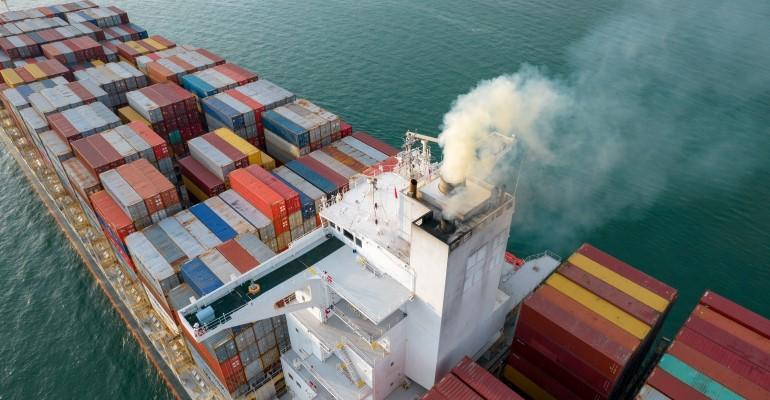As choke points go the Panama and Suez Canals are doozies. One is confined by its environment and the other by the febrile and shifting political landscape, both have had a major impact on shipping trades to Europe and the US.
One European-based forwarder has been told that rates will likely rise from the current $4-5,000 per feu level to $12,000 per feu by February with space on the Asia to Europe vessels in January already constrained, and new bookings now being taken only for February departures.
The most recent effect has been the imposition of peak season surcharges (PSS) on FAK rates by CMA CGM of $500 per teu on its Asia to North Europe, applicable since 1 January and Mediterranean PSS of up to $3,650 per 20ft dry box and $6,300 per feu or for reefer cargo, all applicable from 15 January.
The indications are that these rates will stick, as the impact of the canal capacity is expected to last, while in Europe retailers are warning that prices are set to rise again.
Analysts are therefore forecasting extended supply chains, longer delivery times, elevated rates and port congestion in what appears to be a re-run of the 2020 Covid disruptions, as rates are already rising fast on both the major trades on the Pacific and to Europe from Asia. And that these conditions will benefit carriers in their contract negotiations with shippers.
A similar situation is developing on the Pacific as restrictions on the Panama Canal are once again forcing cargo back to the US west coast or to Mexico with rail and truck transporting containers to Gulf, mid-west and east coast destinations.
“Although many of you might have thought that 2024 would be the year that BCOs got their money back for the high rates charged under Covid, I am sorry to disappoint you,” analyst writes Jon Monroe in his latest market report.
Monroe said that the disruptions caused by the Panama Canal water levels and re-routing of vessels first via Suez and then the African Cape have “created a massive asset imbalance the likes of what we experienced in 2020”.
According to Monroe so many vessels are already out of their normal rotations, that he said he would “be surprised if this gets cleared up by the second half of 2024”.
In addition, volumes were forecast to up 6.6% in December, but instead import containers increased by 11% sales also saw an increase prompting Monroe to forecast a surge in orders as diminishing inventories need replenishing.
“Ocean carriers are expected to tighten capacity using blank sailings to create a backlog of containers that will take them through the April-May period while they negotiate better contract rates,” predicts Monroe.
Costs in the Asia to Mediterranean trades are also increasing with the expectation that cargoes will be feedered from ports close to the Straits of Gibraltar.
Darron Wadey, an analyst with consultancy Dynamar commented: “If the Cape of Good Hope diversions start taking a structural rather than temporarily expedient form, then there could be the opportunity for some remodelling of the Asia, North Europe, Mediterranean and West Africa trades.”
However, Wadey also notes that the comparison with the pandemic crisis differs in two critical ways, firstly demand has fallen significantly and secondly there is an excess of capacity available to the lines as a consequence of vessel orders over the past three years.
“In some ways, the diversions around Africa will help avoid or mitigate an over-capacity situation, which was threatening to rear its head, especially if it also starts to move from being temporary to something approaching permanence.”
He believes that any increase in rates should “only be a reflection of the increase in operating costs”.
“In practical terms, this relates to one or two extra ships on top of the current 12 or 13 needed to operate a standard Asia-Europe loop. The impacts of diverting will actually be felt more for Mediterranean dedicated loops and could see four extra ships needed on top of their usual ten/eleven.”
This effect could be mitigated by turning ships around at the Straits of Gibraltar and feedering freight.
Copyright © 2024. All rights reserved. Seatrade, a trading name of Informa Markets (UK) Limited.
Add Seatrade Maritime News to your Google News feed.  |

